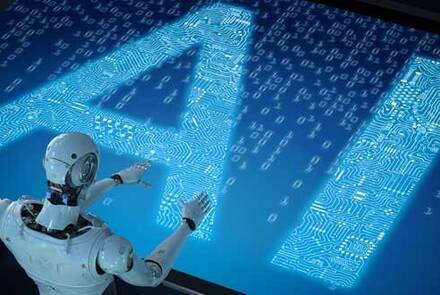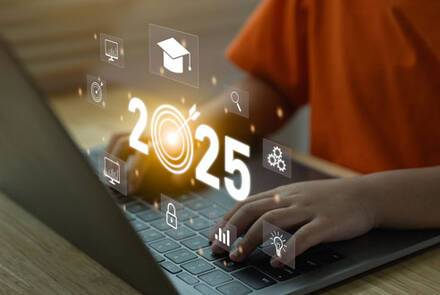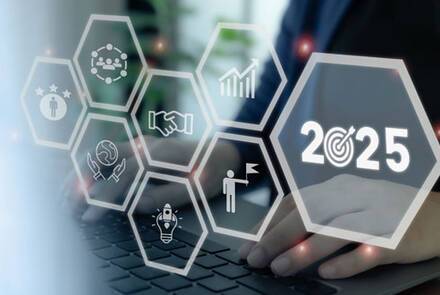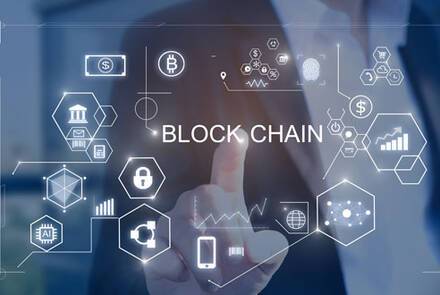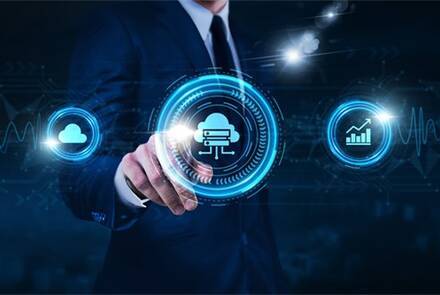Trends in Smart Cities and IoT for 2025
As we progress through 2025, the evolution of smart cities and Internet of Things (IoT) technologies continues to redefine urban living. Building upon the foundations laid in previous years, this article explores the current trends shaping smart cities and IoT, delving deeper into existing topics and introducing new developments that are influencing the future of urban environments.
-
5G-Advanced: Elevating Urban Connectivity
The deployment of 5G networks has significantly enhanced connectivity in smart cities. In 2025, the focus shifts to 5G-Advanced (also known as 5.5G), an evolution offering higher data rates, improved spectral efficiency, and lower latency.This advancement supports complex applications such as extended reality (XR) and ultra-reliable low-latency communications (URLLC), crucial for autonomous transportation and real-time public safety systems. The integration of 5G-Advanced facilitates seamless communication between a multitude of IoT devices, enabling more responsive and efficient urban services. -
AI and IoT Integration: Crafting Intelligent Urban Ecosystems
Artificial Intelligence (AI) continues to be integral in transforming smart cities into intelligent ecosystems. The convergence of AI and IoT, known as AIoT, allows for sophisticated data analysis and decision-making processes. In 2025, AIoT applications are prevalent in predictive maintenance of infrastructure, real-time traffic management, and personalized public services. For instance, AI algorithms analyze data from connected sensors to optimize energy distribution, reducing waste and promoting sustainability. This synergy enhances the city's ability to adapt to residents' needs proactively. -
Edge Computing: Decentralizing Data Processing
The proliferation of IoT devices has led to an exponential increase in data generation. Edge computing addresses this by processing data closer to its source, reducing latency and bandwidth usage. In smart cities, edge computing enables real-time analytics for applications such as autonomous vehicles, where immediate data processing is critical for safety. Additionally, it enhances data privacy by minimizing the need to transmit sensitive information to centralized servers, aligning with growing concerns over data security. -
Enhanced Cybersecurity Measures: Protecting Urban Infrastructure
As smart cities become more interconnected, the potential attack surface for cyber threats expands. In response, 2025 sees a heightened emphasis on robust cybersecurity frameworks. This includes the adoption of AI-driven intrusion detection systems capable of identifying and mitigating threats in real-time. Furthermore, the implementation of blockchain technology ensures data integrity and transparency, fostering trust among citizens and stakeholders. These measures are vital for safeguarding critical infrastructure and maintaining public confidence in smart city initiatives. -
Digital Twins: Virtual Replicas for Urban Planning
Digital twins—virtual models of physical assets—have become instrumental in urban planning and management. By creating real-time digital counterparts of city infrastructure, planners can simulate and analyze the impact of potential changes before implementation. This approach facilitates informed decision-making, optimizes resource allocation, and enhances disaster response strategies. For example, a digital twin of a city's transportation network can help identify bottlenecks and test solutions to improve traffic flow without disrupting actual operations. -
Sustainable Transportation: Promoting Eco-Friendly Mobility
Sustainability remains a priority in smart city development, with a significant focus on transforming urban mobility. The integration of IoT in transportation systems has led to the rise of intelligent mobility solutions, including electric vehicle (EV) infrastructure, bike-sharing programs, and real-time public transit tracking. These initiatives aim to reduce carbon emissions, alleviate congestion, and provide residents with efficient and environmentally friendly transportation options. -
Smart Energy Management: Optimizing Consumption and Distribution
The adoption of IoT-enabled smart grids allows cities to monitor and manage energy consumption more effectively. By analyzing data from various sensors, cities can balance energy loads, integrate renewable energy sources, and detect faults in the distribution network promptly. This leads to increased energy efficiency, cost savings, and a reduced environmental footprint, contributing to the overall sustainability goals of smart cities. -
Citizen Engagement Platforms: Fostering Participatory Governance
Empowering residents through digital platforms enhances civic engagement and participatory governance. Smart cities are implementing applications that enable citizens to provide feedback, report issues, and access real-time information about city services. This two-way communication fosters a sense of community, ensures that urban development aligns with residents' needs, and promotes transparency in governmental operations.
Conclusion
The landscape of smart cities and IoT in 2025 is characterized by advanced connectivity, intelligent systems, and a commitment to sustainability and security. The integration of technologies such as 5G-Advanced, AIoT, and edge computing is transforming urban environments into responsive and efficient ecosystems. By prioritizing cybersecurity, embracing digital twins, and promoting citizen engagement, cities are not only enhancing the quality of urban life but also paving the way for a more sustainable and resilient future.
References
-
- 5G-Advanced and Connectivity
- 3GPP. (2024). 5G-Advanced: Evolution Towards 6G. https://www.3gpp.org
- Huawei. (2023). 5.5G: The Path to Future Connectivity. https://www.huawei.com
- AI and IoT Integration (AIoT)
- McKinsey & Company. (2023). The Internet of Things: Mapping the Value Beyond the Hype.
- Gartner. (2024). Top Strategic Technology Trends for 2025.
- Edge Computing
- IBM. (2023). What is Edge Computing? https://www.ibm.com/cloud/learn/edge-computing
- Intel. (2024). Edge Computing in Smart Cities.
- Cybersecurity in Smart Cities
- World Economic Forum. (2023). Cybersecurity Guidelines for Smart Cities.
- NIST. (2024). Framework for Improving Critical Infrastructure Cybersecurity.
- Digital Twins
- Deloitte Insights. (2023). Digital Twins in Smart City Development.
- Siemens. (2024). Urban Digital Twins: A Foundation for Smart Cities.
- Sustainable Transportation
- International Energy Agency (IEA). (2023). Global EV Outlook 2023.
- World Bank. (2024). Urban Mobility and Smart Transportation Systems.
- Smart Energy Management
- International Renewable Energy Agency (IRENA). (2023). Innovation Landscape Brief: Smart Grids.
- U.S. Department of Energy. (2024). Smart Grid System Report.
- Citizen Engagement and e-Governance
- United Nations. (2024). E-Government Survey 2024: Digital Government in the Decade of Action.
- Smart Cities Council. (2023). Citizen Engagement Strategies for Smart Cities.
- 5G-Advanced and Connectivity
For more information about Trigyn’s Smart City & IoT Solutions, Contact Us.


